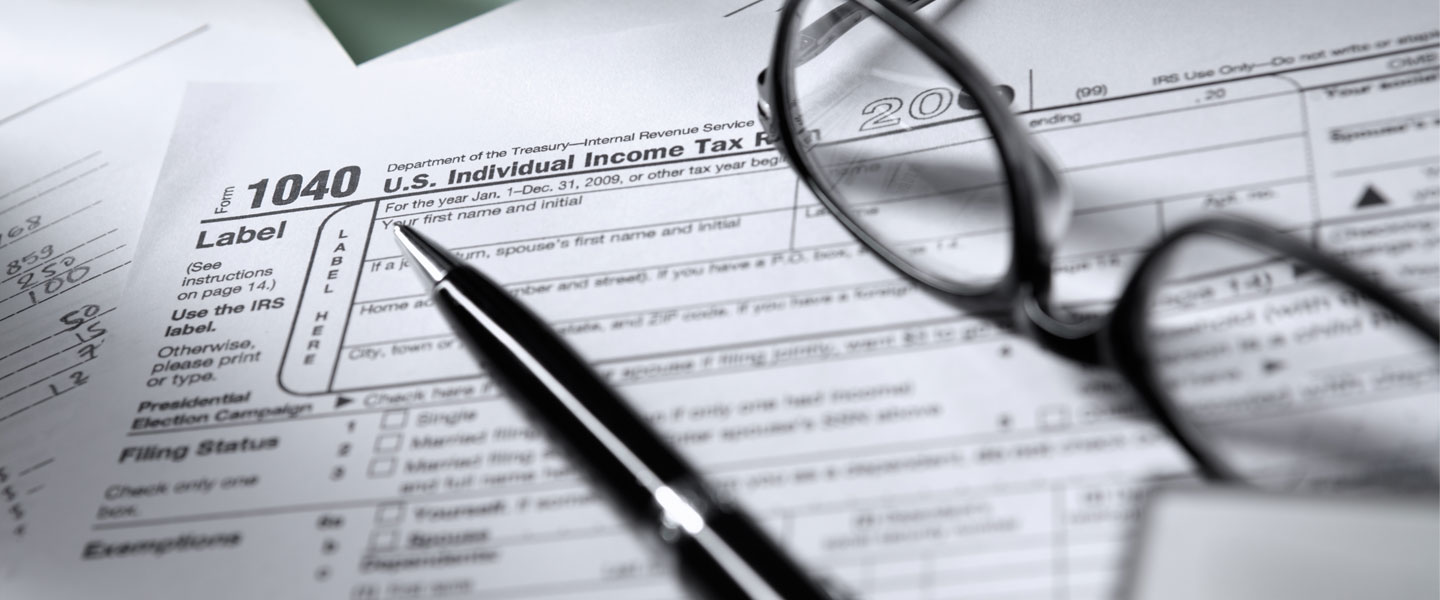Federal Tax Tips to Help Small Business Owners
- Know your limitations and know when you need to ask a professional for help: There are many Online Learning and Educational Products available to help you learn about taxes. For example, the IRS Tax Calendar has important tax dates for businesses. However, if you choose to hire a professional, it is important to choose carefully because you are trusting them with your personal information and relying on them to have the knowledge to help you file an accurate tax return. You are responsible for all the information on your tax returns, no matter who prepares them. TAS Tax Tip: Choosing the right tax return preparer for you can help.
Note: ALL tax return preparers MUST sign their name and enter a preparer tax identification number on your tax return. For your protection, please check that they do this before submitting any documents.
- Keep adequate records: Accurate recordkeeping throughout the year will save you time and help ensure your tax return is correct. Set up a system for receipts. This can be a paper file, or you can use an app to scan and store them; just make sure you are saving them in some way.
- Separate your personal and business finances: Set up a separate bank account and credit card for your business and run only business expenses through those accounts. See Publication 583, Starting a Business and Keeping Records.
- Correctly classify your business: Some business structures enjoy more tax advantages than others. It’s important to choose the business structure that best suits your business. If you’re not sure which to choose, a tax attorney or certified public accountant can help.
- Manage payroll: You can take an online class to learn how to handle payroll. But if you don’t have the time, desire, or knowledge to manage payroll, hire someone to do it for you. To help make sure the company is reputable, see Outsourcing Payroll and Third Party Payers.
- Subscribe to e-News for Small Businesses: The IRS e-News for Small Businesses is a free electronic mail service that offers tax information for small business owners and self-employed individuals, including reminders, tips and special announcements.
- Research small business tax deductions: There is a long list of tax deductions for small business owners. See Publication 535, Business Expenses. A tax deduction is an item you can subtract from your gross income to lower the amount of taxes you owe.
- Self-employment tax deduction: You can deduct one-half (50 percent) of your SE tax as an adjustment to income on your federal income tax return. For tax years after 2017, you will also need to report the amount on Form 1040 Schedule 1, Part II.
- Make your tax payments timely: Anyone who files federal income tax returns and expects to owe more than $1,000 needs to pay estimated tax If you don’t pay enough tax through withholding and estimated tax payments, you may be charged a penalty. You also may be charged a penalty if your estimated tax payments are late, even if you are due a refund when you file your tax return.
- For faster processing, file your returns electronically: Electronic Filing Options for Business and Self-Employed Taxpayers.





